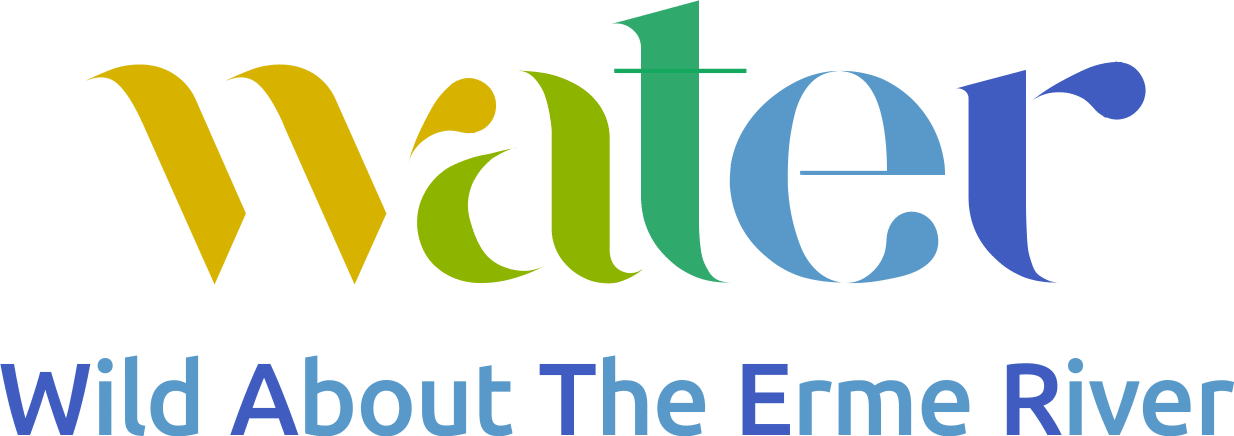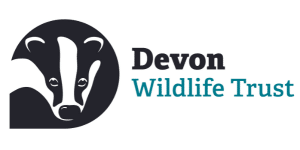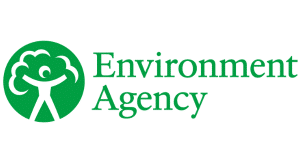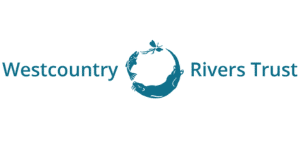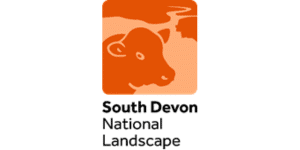About us
Wild About The Erme River (WATER) is a catchment focused charity working to restore the Erme River to its natural state, in order to safeguard all river users from the harmful effects of pollution and to protect and improve the biodiversity of the Erme’s catchment area and the estuary beyond.
Working in partnership with local residents, other community groups, land managers, regulatory bodies and South West Water, our goal is to take action to protect the river from harmful effects of pollution, put measures in place to reduce further impacts and to restore the river back to its natural state.
Through a combination of direct action projects, community events and raising public awareness, our aim is to make a positive change for the future.
Our Team
Our steering group has been formed to identify and link together work already happening in the catchment, to engage with community and institutional stakeholders, and to establish effective pathways to change.
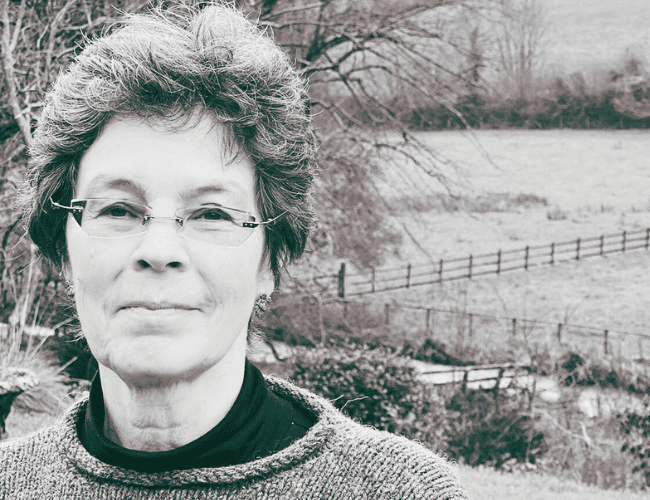
Charlotte Grezo
Chair
Charlotte is a biologist with a PhD in Environmental biology. She has worked in senior sustainability roles in multinational companies throughout her career and has been a Trustee of a number of conservation and natural history charities.
She is currently a Trustee of Botanic Gardens International and the Devon Wildlife Trust (DWT), a member of the Linnean Society Finance and Audit Committee, a member of the BBC Sustainability Advisory Group and a WWF UK fellow.
Charlotte has been passionate about the environment, biodiversity and climate change for most of her life. She lives in the River Erme Catchment and as Chair of WATER and Trustee of DWT is involved in efforts to improve and enhance environmental quality, biodiversity and wildlife locally.
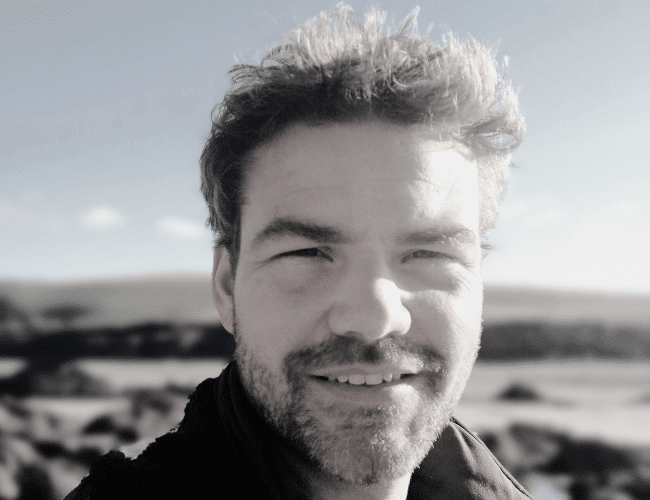
Tim Poate
Vice chair
Tim is a Coastal Research Consultant working at the University of Plymouth working on coastal adaptation and storm impacts in the UK and overseas. He lives in Ivybridge with a young family and in 2018, started the Plastic Free Ivybridge campaign with support from Pl:21. Tim has continued to be involved with Pl:21 and is currently a Trustee supporting a range of projects including Active Travel and River Cleans.
Tim is happiest in/under/around water windsurfing/surfing/swimming- thankfully all of these are possible right on our doorstep in Devon and he is keen to help however he can to ensure they remain for generations to come.
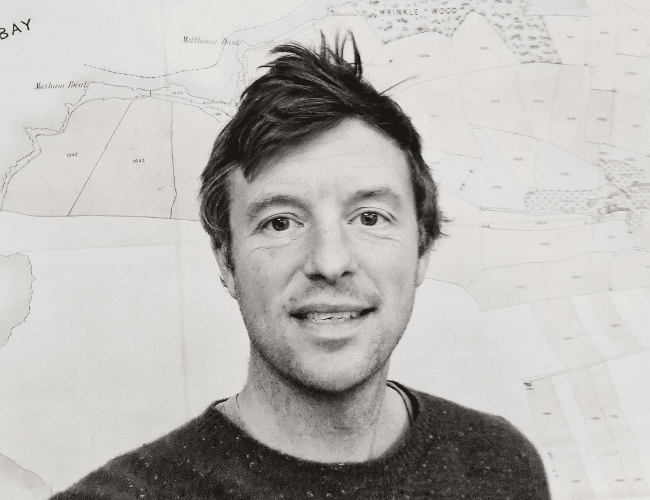
John Mildmay-White
Vice chair, Lead land co-ordinator
John and his family manage the Flete Estate on the Erme Estuary and see protecting this special environment as a priority of their stewardship.
They spend as much time in the water as possible, swimming, surfing and paddleboarding and have unfortunately suffered the effects of the failing water quality.
John trained and worked as an Engineer before returning to the Estate and is passionate about using sound science and data to restore the health of the Erme River
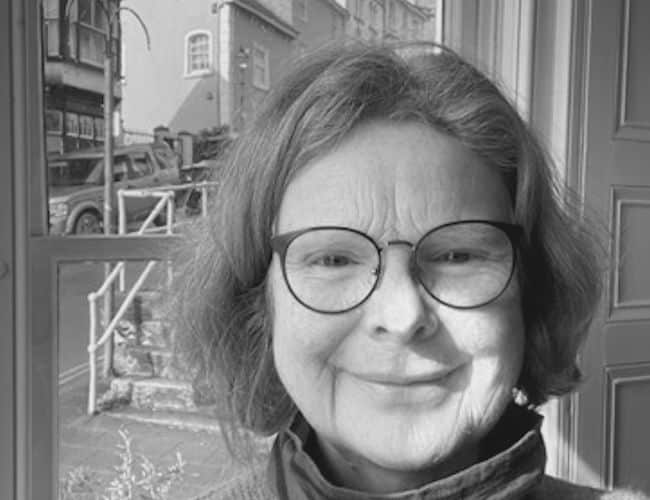
Charlotte Rathbone
Land Project co-ordinator
Charlotte has lived and worked from Modbury for nearly 30 years. She is a chartered landscape architect and a director Rathbone Partnership Landscape Consultants. Charlotte started her career as a geographer and in her landascape architecture role she is a strong proponet for the serious and considered management of soils and landscapes to ensure we retain biodiversity for future generations.
Charlotte is a board member of the Sharpham Trust near Totnes, Co-Chair of the Modbury Wildlife Action Group. She loves to walk, spend time on the water and improve her growing, cultural and wildlife skills.
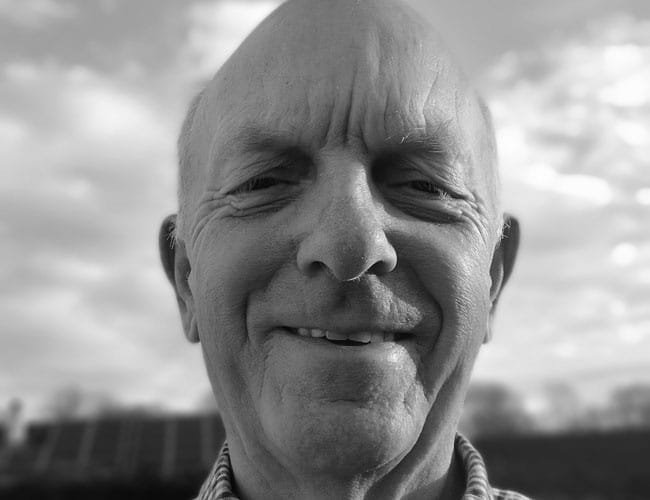
Colin Wybrow
Marketing and Communications Lead
Colin is an experienced marketing and communications professional. He has worked, at director level, in both client and agency capacities on over a hundred brands in more than sixty markets.
He launched, and was international spokesman for, an environmental charity in the shipping industry that reinvented rotor sail technology to provide supplementary wind power for today’s commercial ships, saving both fuel and emissions.
He has walked the Erme for over 25 years having lived close by the river and has been privileged to observe it in every state and every season, as well as observing species such as Kingfishers and otters.
Our Network
We work in collaboration with a variety of groups, organisations, regulatory bodies and companies across our catchment area and beyond.
